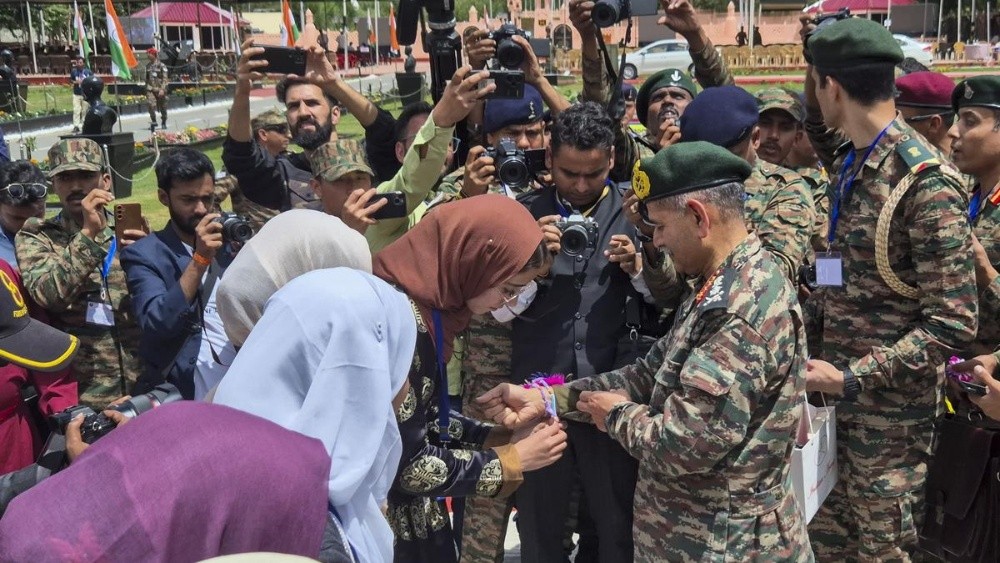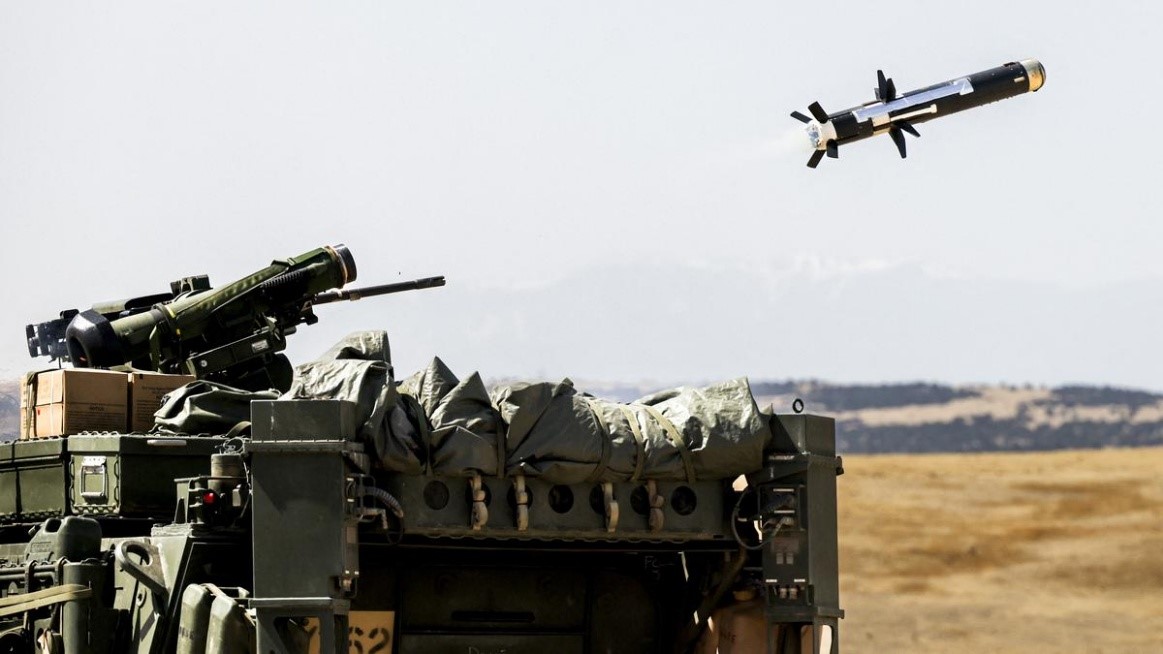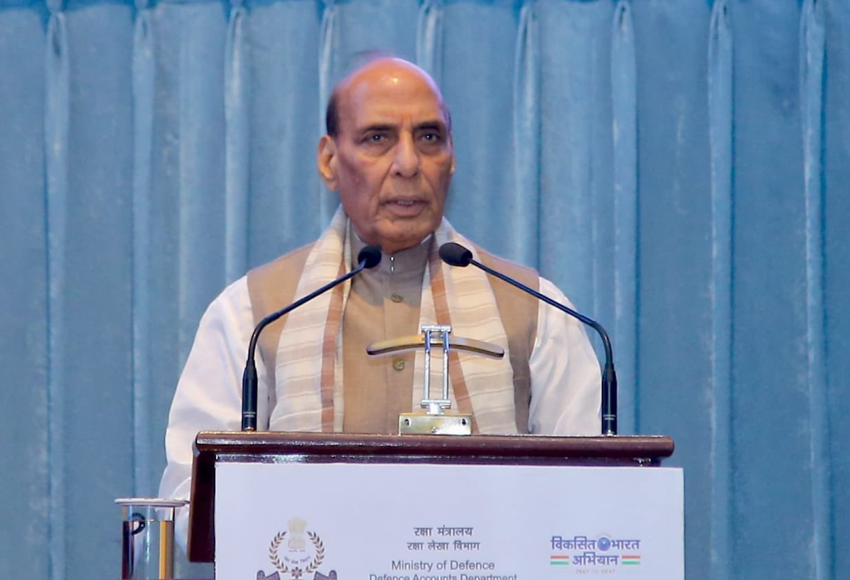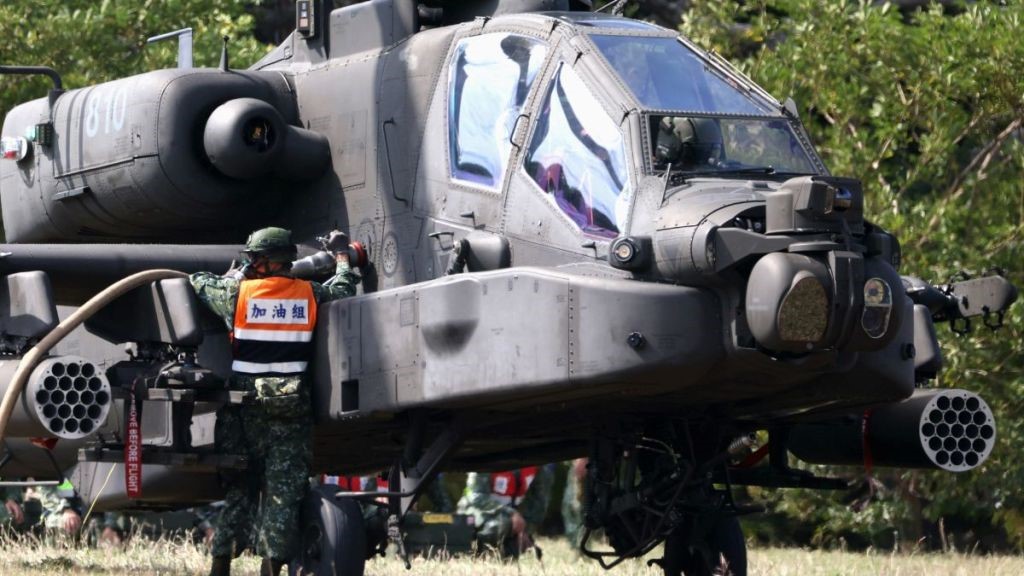Description
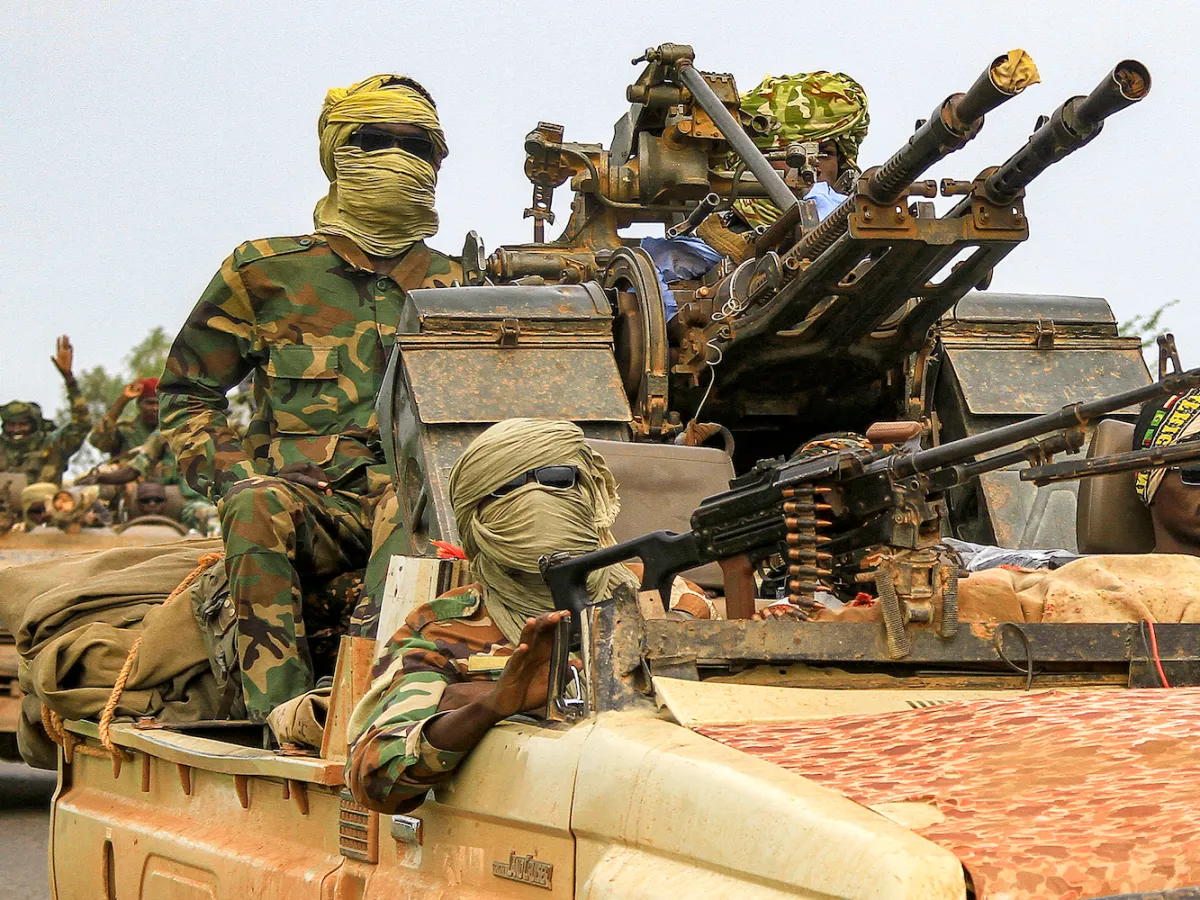
Disclaimer: Copyright infringement not intended.
Context:
- Sudan’s current conflict is fueled by a persistent identity crisis and the inability of successive governments to manage the nation’s vast diversity of ethnic groups and languages.
Historical Context of Sudan’s war:
- Sudan's civil war is not just a power struggle between generals but reflects a deeper crisis in governance since independence from Britain in 1956.
- Sudan has seen 35 coups or attempted coups, making it the African country with the most political instability.
- Various rebellions, including the 56-year rebellion leading to South Sudan's creation and the ongoing Darfurian conflict, underscore the nation's identity crisis and governance failures.
- Early post-independence governments emphasized an Arab-Islamic identity, leading to resistance due to lack of representation.
- The 1989 coup brought Omar al-Bashir to power, aiming to establish an Islamic state and using coercion to enforce compliance.
- Emergence of Rapid Support Forces (RSF) formed by al-Bashir in 2013, became integral to the government's military apparatus, led by Mohamed Hamdan Dagalo (Hemedti). RSF's involvement in various conflicts and economic activities increased its power, especially in regions like Darfur and economic hubs.
- Despite a transitional government established in 2019, challenges persisted, leading to a coup in 2021 by General Abdel Fattah al-Burhan.
- Tensions between civilians, military, and RSF continued, leading to violent protests and repression.
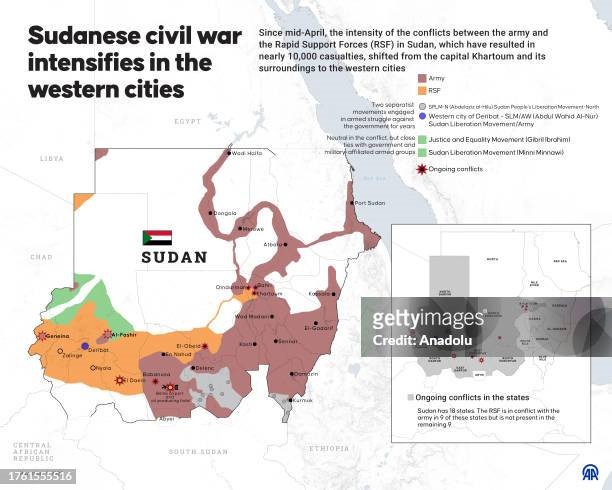
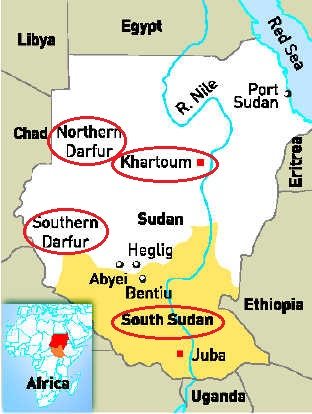
Major causes of the Sudan War:
- Ethnic and Regional Marginalization: Sudan has a diverse population with 19 major ethnic groups and over 597 sub-groups, with Sudanese Arabs comprising about 70%. Historical marginalization of ethnic and regional groups by centralized governments has fueled resentment and conflict, particularly in regions like Darfur, South Kordofan, and the Nuba Mountains.
- Religious and Political Identity Crisis: Sudan's struggle to reconcile its diverse religious and political identities, particularly the imposition of an Arab-Islamic identity by past governments, has led to resistance and conflict among non-Arab populations and marginalized communities.
- Unequal Distribution of Resources: The concentration of political and economic power in Khartoum has resulted in the unfair distribution of wealth and resources, exacerbating disparities between the center and periphery regions, and contributing to grievances and conflict.
- External Factors and Interference: RSF emerged as a counterbalance to the traditional armed forces, gaining significant power and influence. Support from the government and alliances with external actors like Russia reinforced RSF's autonomy and control over resources. External influences include support for rebel groups, arms trafficking, increased internal conflicts, and prolonged civil war in Sudan.
- Failure of Governance and Political Institutions: Persistent governance failures, corruption, and lack of effective institutions to address grievances and promote inclusive governance have eroded public trust and contributed to the perpetuation of conflict, hindering efforts towards peace and stability.
Conclusion:
- Achieving peace requires addressing marginalization in conflict zones like Darfur, South Kordofan, and the Nuba Mountains. Fundamental issues include marginalization, religion-state relations, governance, resource sharing, land disputes, and social justice.
Source
https://epaper.thehindu.com/ccidist-ws/th/th_international/issues/82068/OPS/GOPCOTC7M.1.png?cropFromPage=true
|
PRACTICE QUESTION
Q) How has the historical legacy of ethnic and regional marginalization contributed to the persistence of the civil war in Sudan, and what measures can be taken to address these root causes and promote sustainable peace and reconciliation?(250 words)
|








